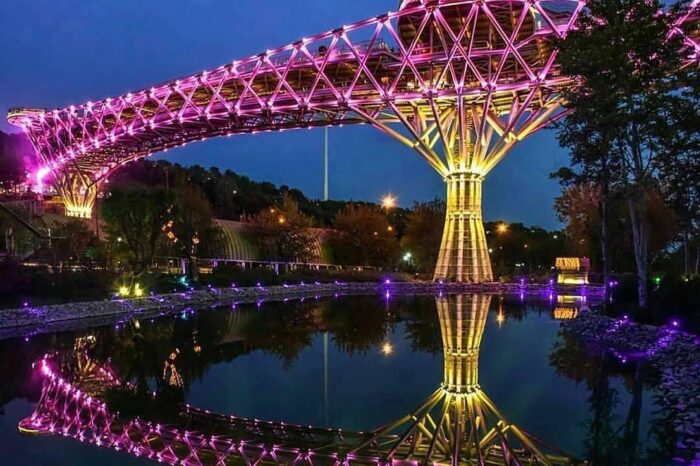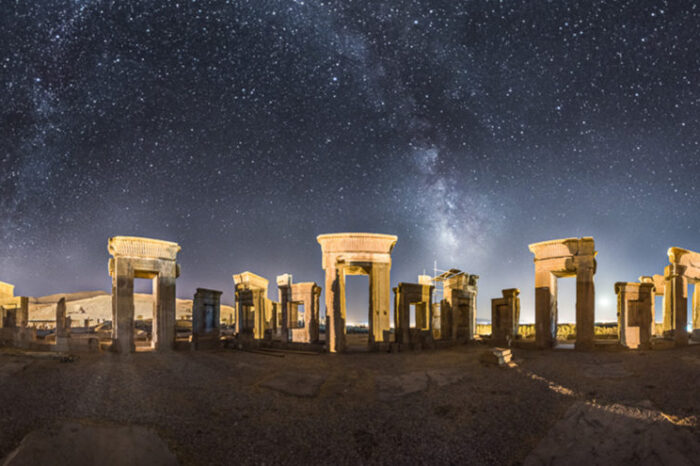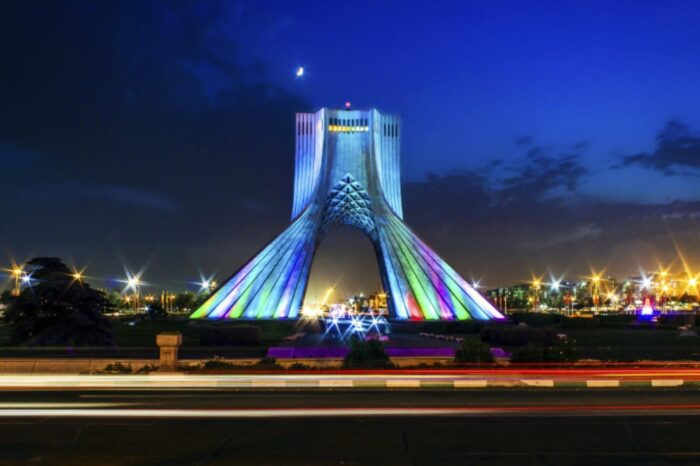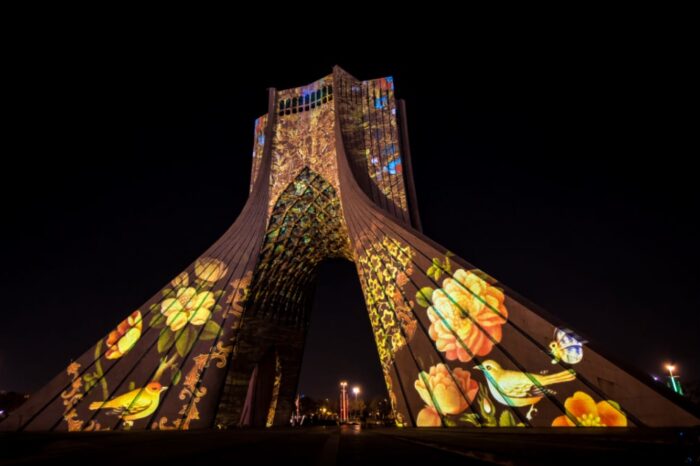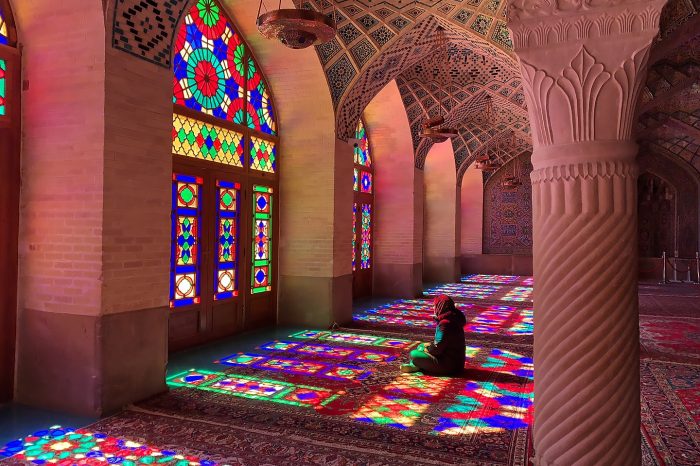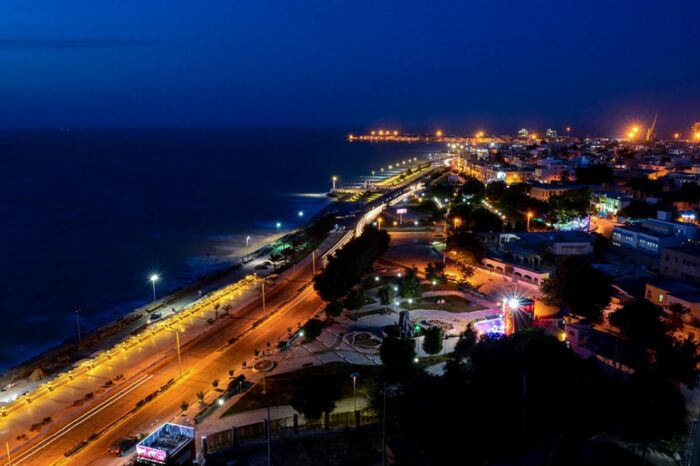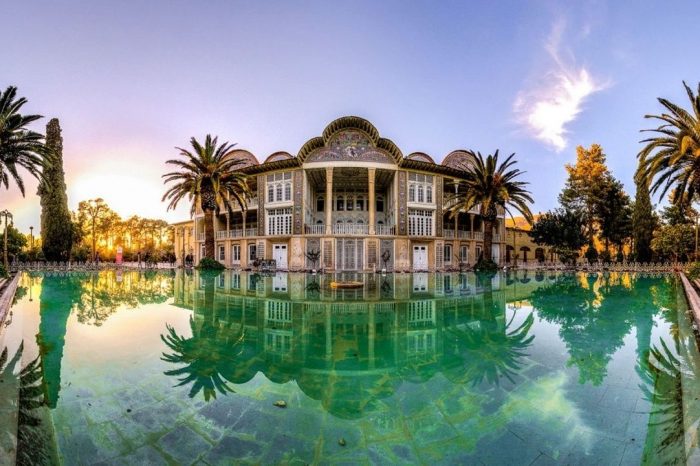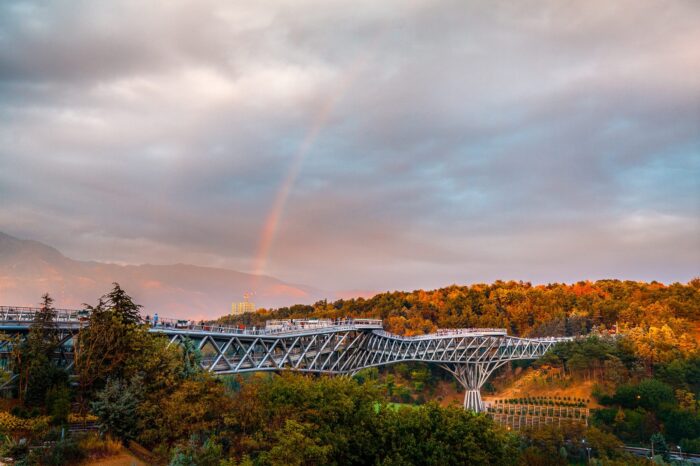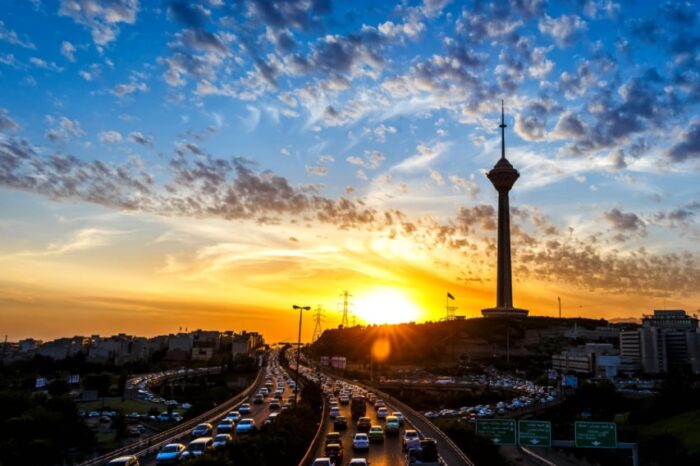Related Tours
Isfahan, Which is also as Ispahan, Spahan, Sepahan, Esfahan, or Hispahan in English, is a major city in Iran with a rich history from 100 years ago. In Iran, it is also famous as “The Half Of The world”!
Read this to find out more about this fantastic city. Best offer tours of Tehran:
We want to share everything you need to know about Isfahan. Around 400 km away from Tehran, you can travel by road, air, and rail to Isfahan. According to Britannica, Isfahan is the most important architectural center of the Islamic world. If you are visiting from Europe, it will be interesting to know that Freiburg and Isfahan are twin cities. There is Freiburg Street in Isfahan, too.
Why visit Isfahan?
Isfahan, sometimes pronounces Esfahan is the must-see location. Iranians call it “half of the world” or “Nesf-e Jahan”. Isfahan is the third-largest city in Iran. This city is not only lovely; Isfahan is the most beautiful city in the world. Travelers call Isfahan the Persian Architecture Extravaganza. Amazing sites from the 17th century are like hand-painting portraits. You may find six UNESCO heritage sites in Isfahan.
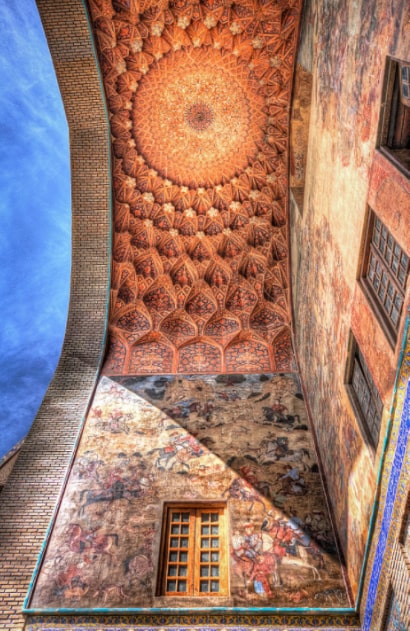
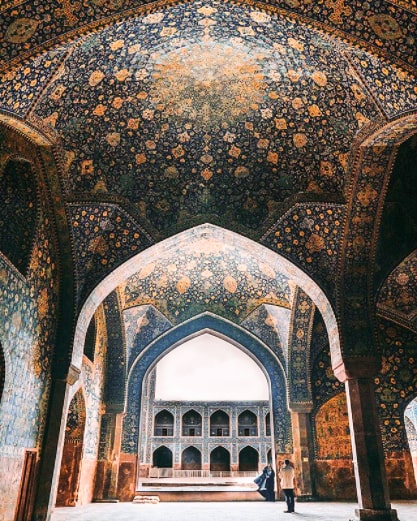
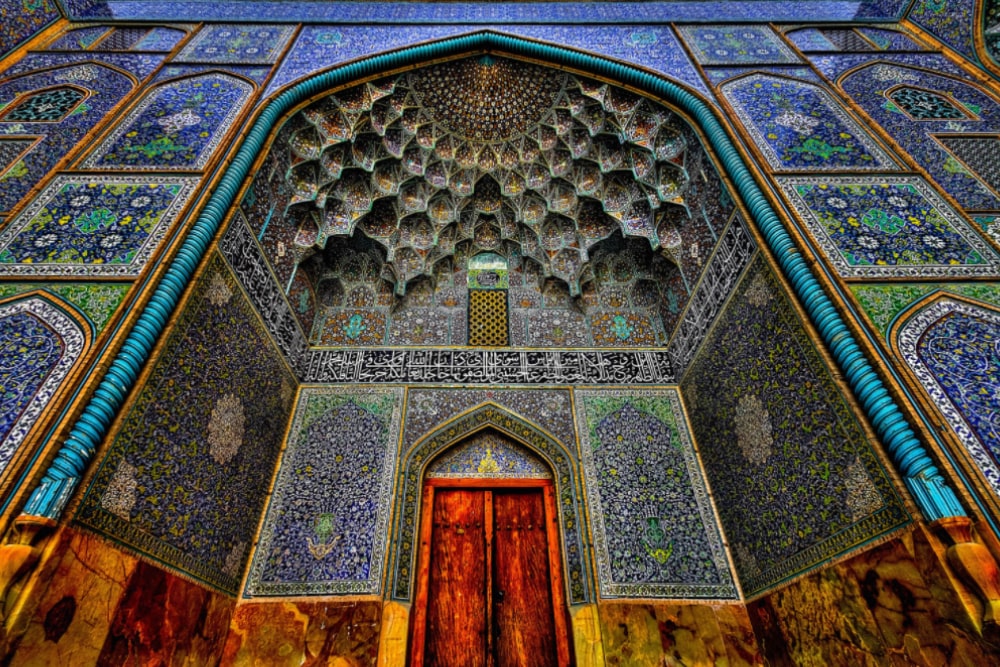
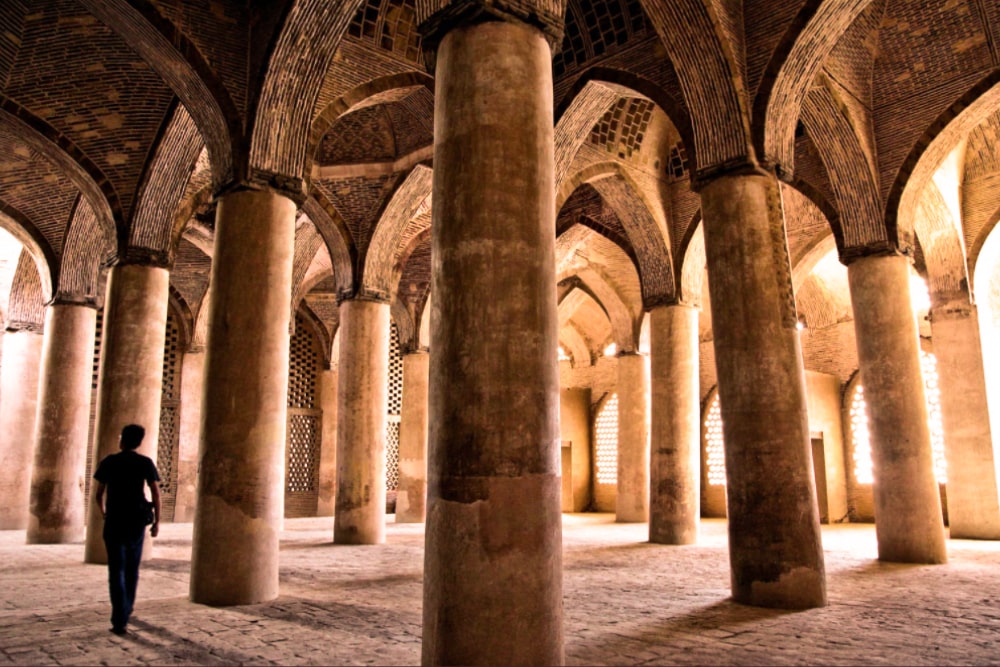
History of Isfahan
Isfahan is the third-largest city in Iran. This city has a great history and served kings from the Safavid Era. Isfahan province holds beautiful towns. The Red Village (Abyaneh) in Natanz county, is one of the most beautiful towns of Isfahan. It is the birthplace of traditional clothes. The famous long colorful cloaks (Aba). These robes are hand-woven in different colors and fabrics with a unique story.
What to do in Isfahan?
There are many top and exciting things to do in Isfahan, you can visit local streets and squares, beautiful mosques, grand bazaar, rivers, and bridges. Nightlife and people singing in corridors and streets of Isfahan are just examples of a rich culture of this city. Shopping in Isfahan is satisfying enough. Souvenirs, luxury handicrafts, painting, and beautiful arts for your personal collection. You can eat and drink local food in Isfahan, and sweeten the day with refreshments.
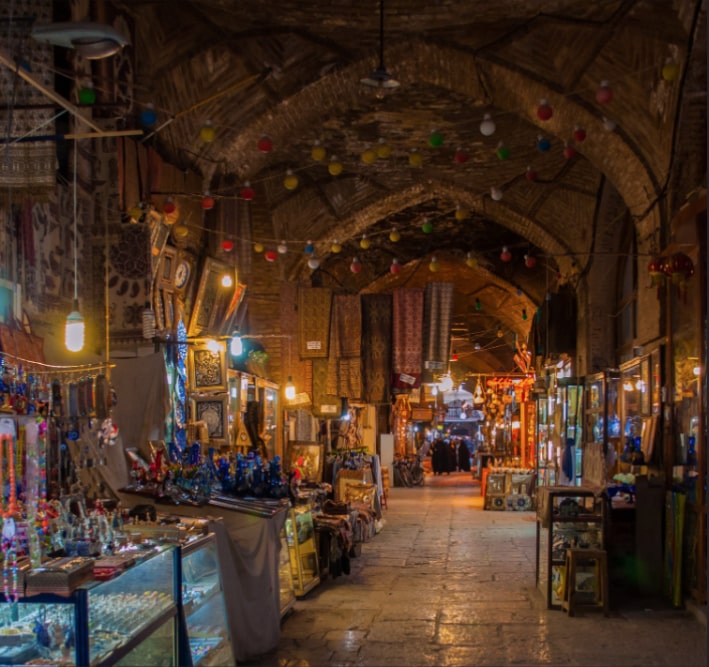
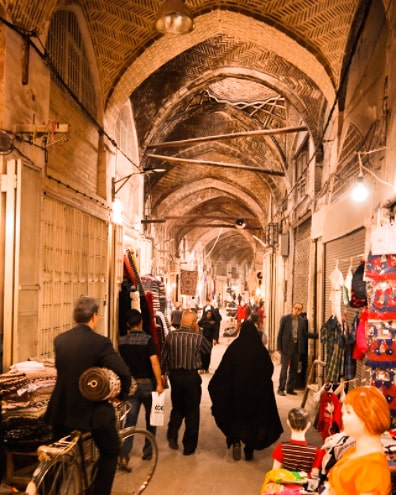
Where to visit in Isfahan?
We start at the center of the city. The gorgeous Naghsh-e Jahan is the heart of Isfahan. The Royal Square or Maidan is the imperial gate; even today horse and carriages carry people around.
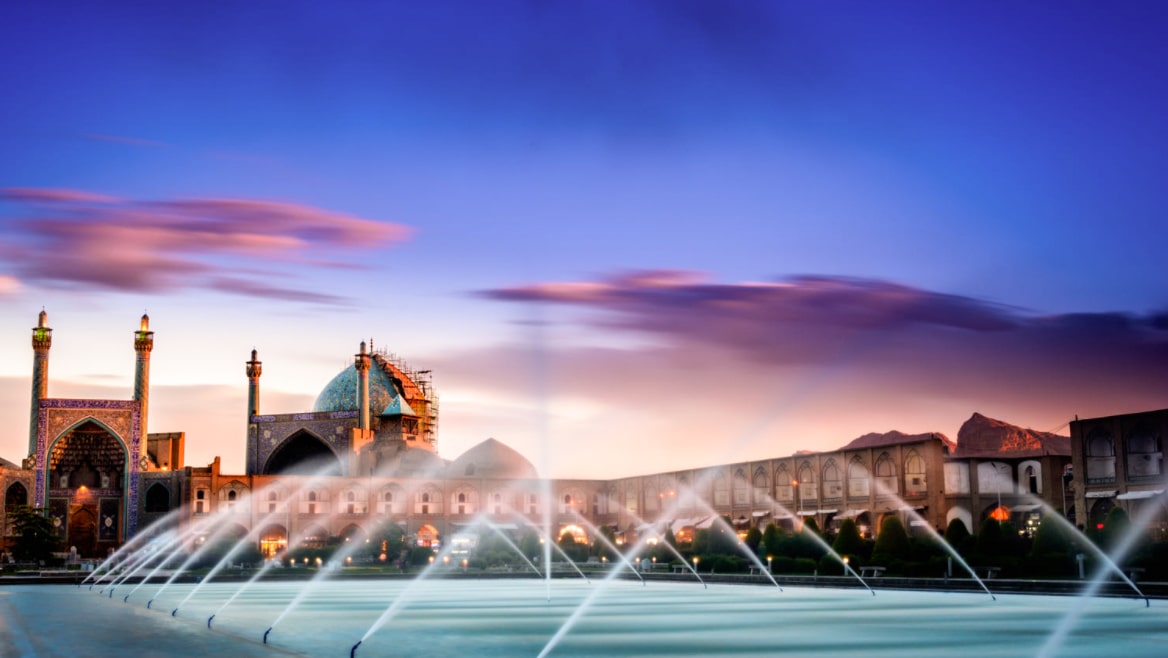
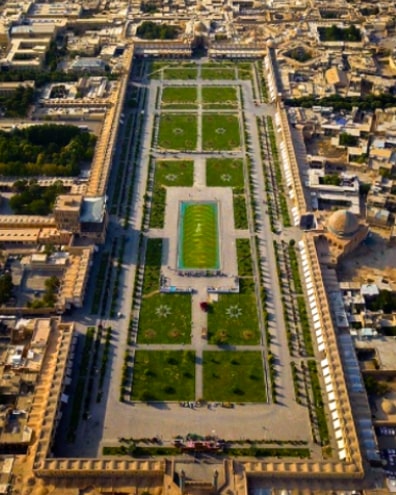
This grand landscape has Ali Ghapou (Ālī Qāpū) palace on the west. This great gate expands from the square to Chahar Baq Boulevard. The marvelous Shah Mosque is in the south.
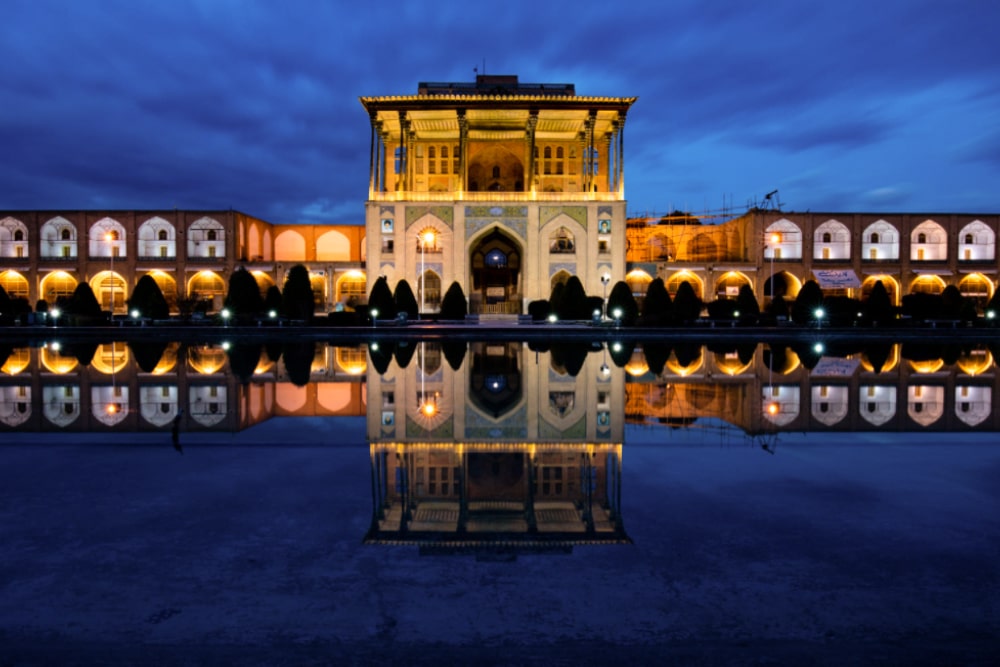
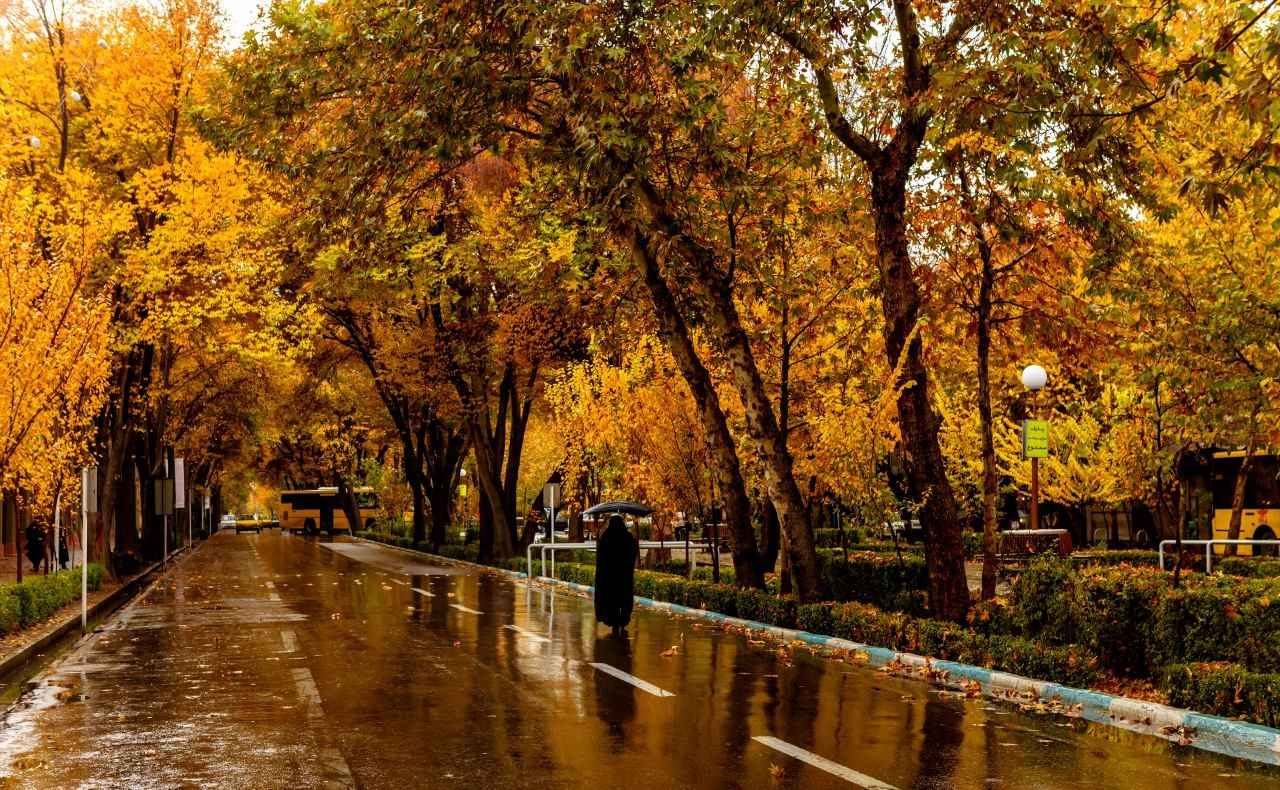
The iconic tiles are incredibly unique because of their seven-color characteristics and ancient calligraphy inscriptions. On the east is the recessed half-moon, the Sheikh Lotfollah Mosque. The interior design of the dome is so unique, that the “Carpet of Wonders” is following from the same design concept arabesque patterns.
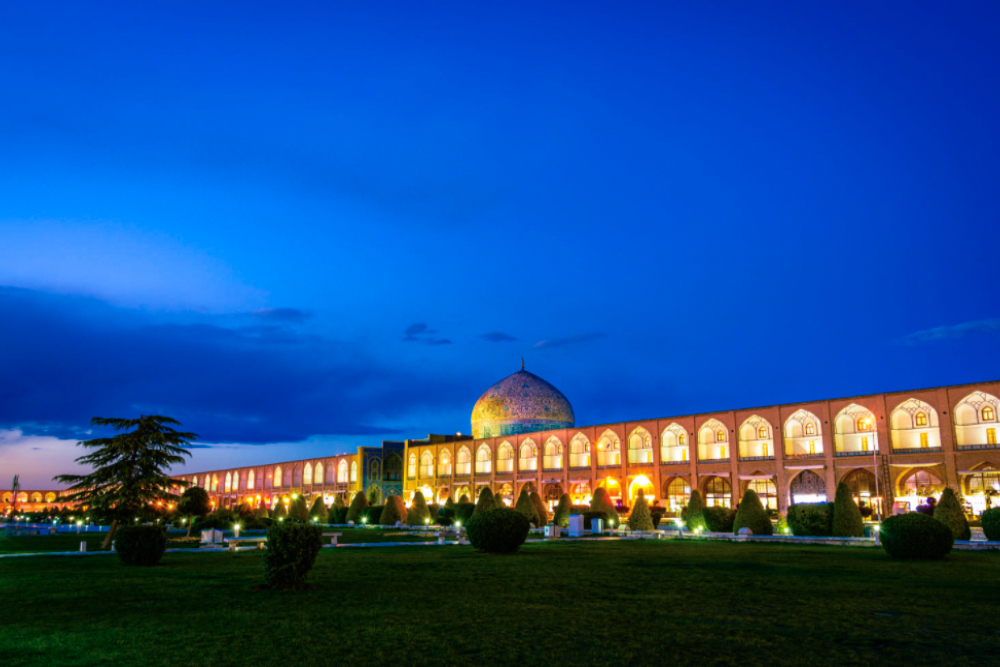
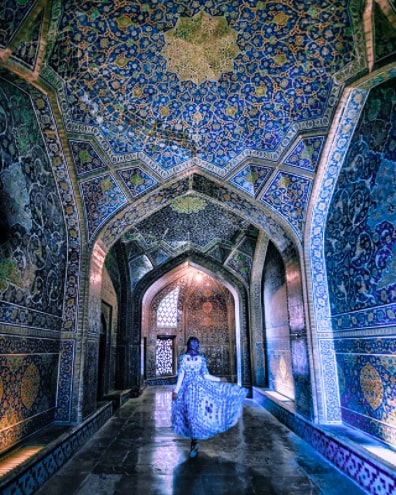
Isfahan Grand Bazaar ison the northern side. This is the luxurious grand trading center and Iranians refer to it as Qeysarie or Soltani Bazaar. Isfahan is home to Zayandehrud, the largest river in Iranian Plateau.
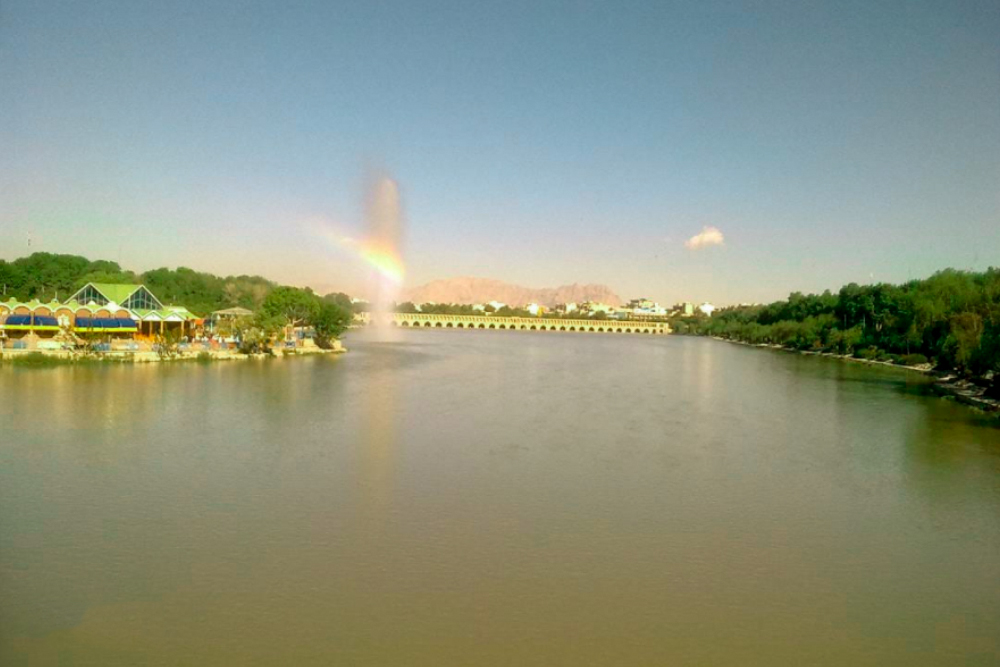
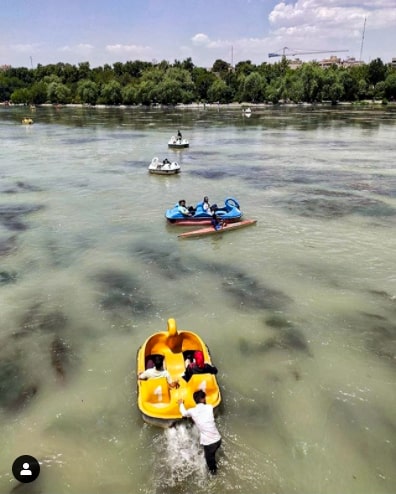
Gifts of Safavid and Qajar Kings are the finest bridges over this waterway. Si-o-Seh pol(The Bridge of 33 arches) is the exceptional double story bridge crossing Zayanderud. Pol-e Khaju (Khaju Bridge) once a traditional teahouse is now the pathway to the exquisite Iranian flower garden.
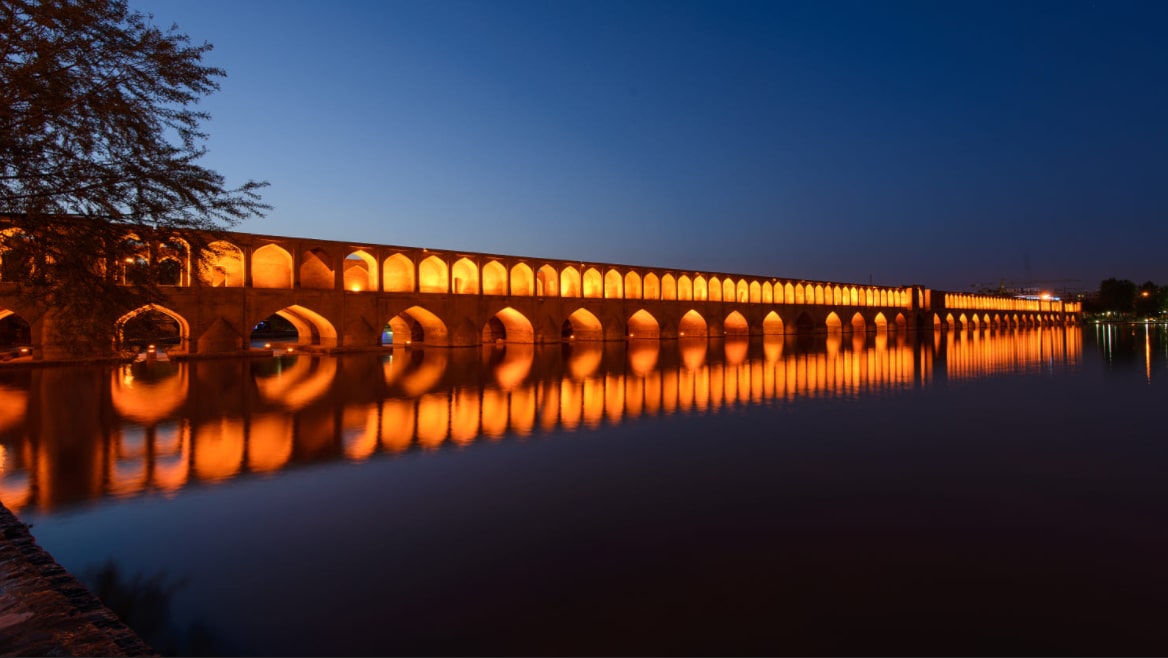
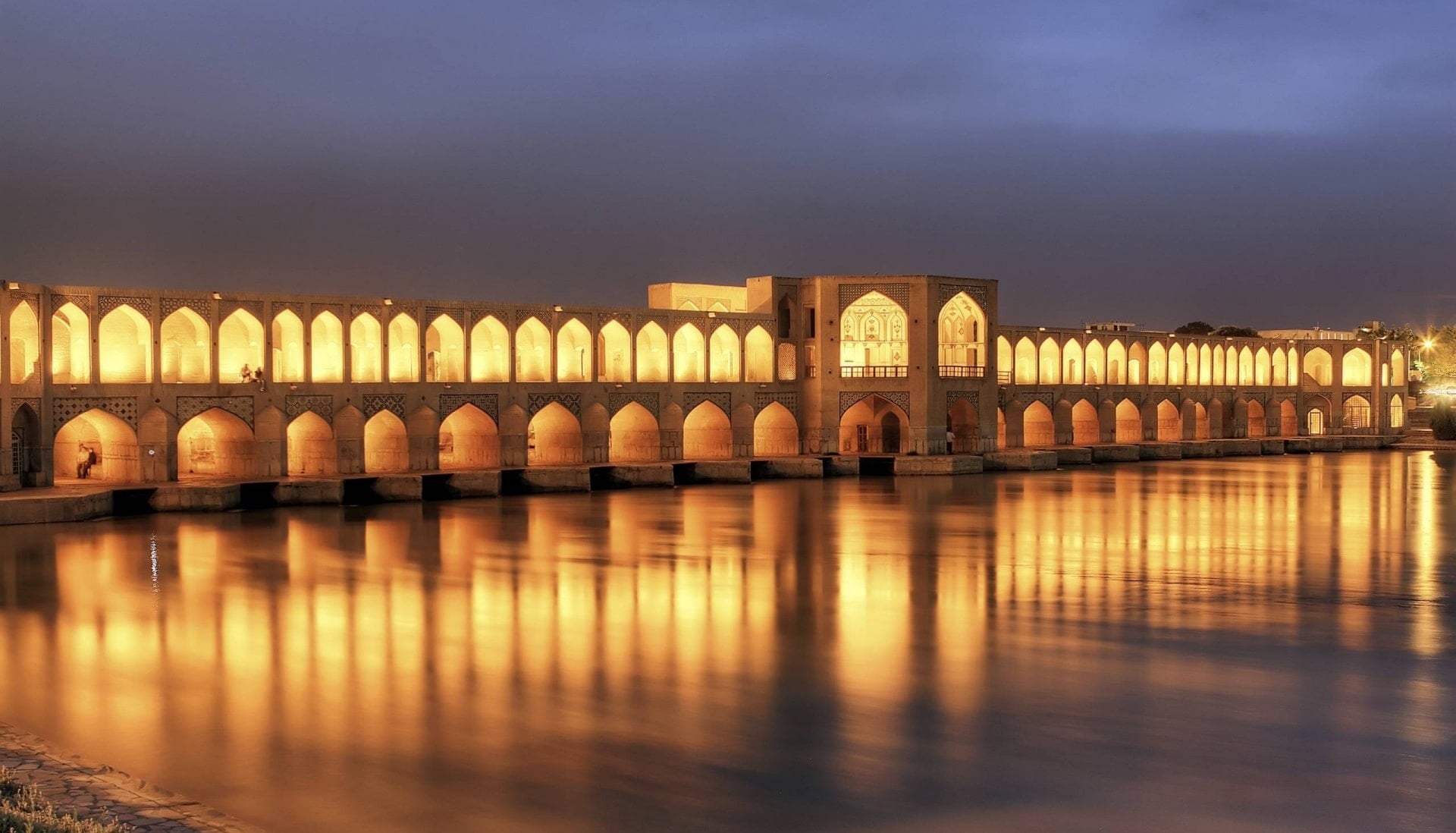
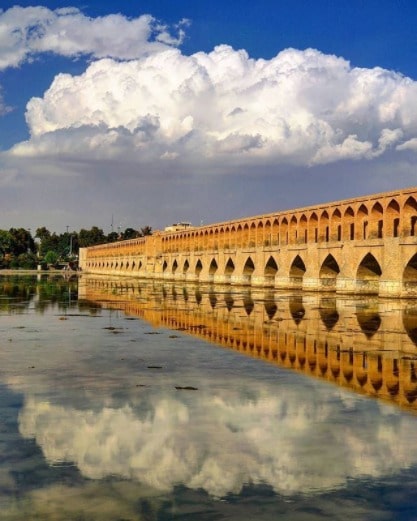
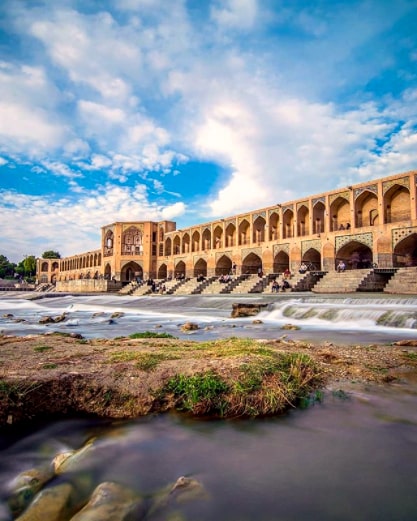
Architecture of Isfahan
Isfahan receives great amount of attention because of unique architecture. Chehel Sotoun (The Palace of forty columns) is part of the Persian Garden. A marvelous pavilion with a long pool in the middle of the park. The reflection of wooden pillars in the pool creates an illusion of forty columns. This royal venue is the legacy of beautiful ceiling artwork and paintings.
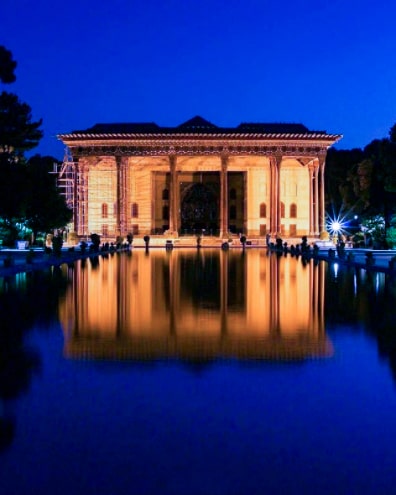
The Sheikh Lotfollah Mosque is the grand masterpiece of architecture in Iran. It gives color and life to Naghsh-e Jahan. The tilings, the dome, the entrance design are all very distinctive.
The mysteries of Isfahan lies within Vank Cathedral. Resembling the Biblical story, this beautiful blue and gold color church is in the Armenian Quarter.
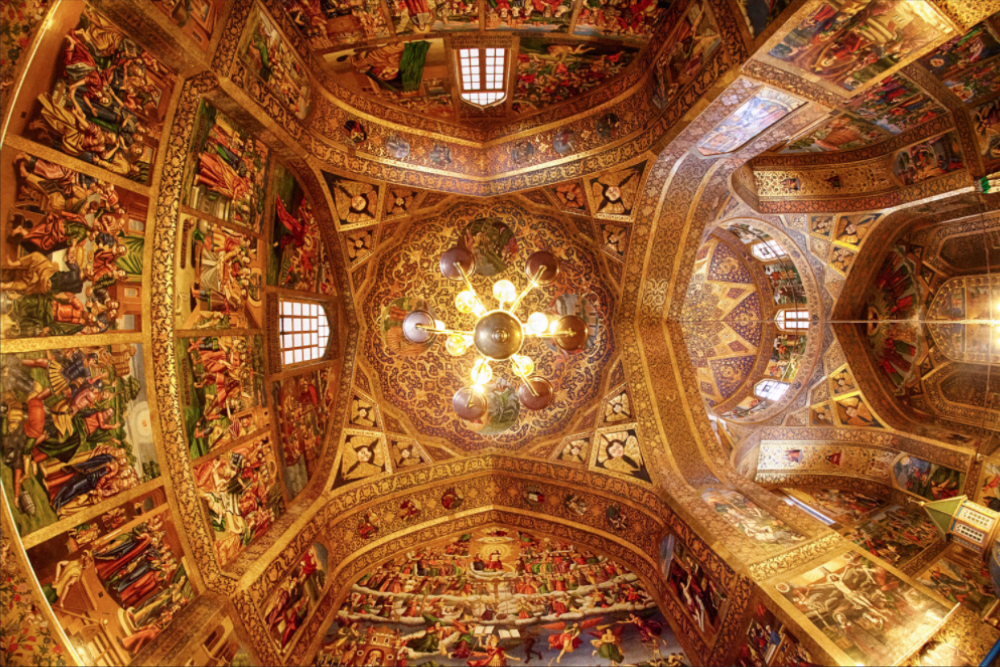

Nightlife in Isfahan
Si-o-Seh pol (The Bridge of 33 arches) bridge in Isfahan is still the passage for people and the romantic venue of lovers to dangle their feet. Traditional Folklore Music is spreading from a near distance in Pol-e Khaju (Khaju Bridge).
To escape the crowd, travelers explore Mount Soffeh (Sofeh Mountain). You will enjoy the climb as well as the small cave adventure.
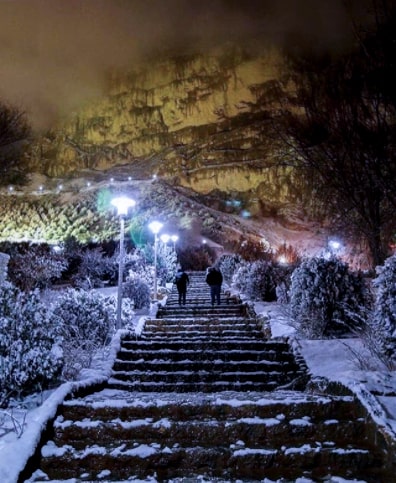
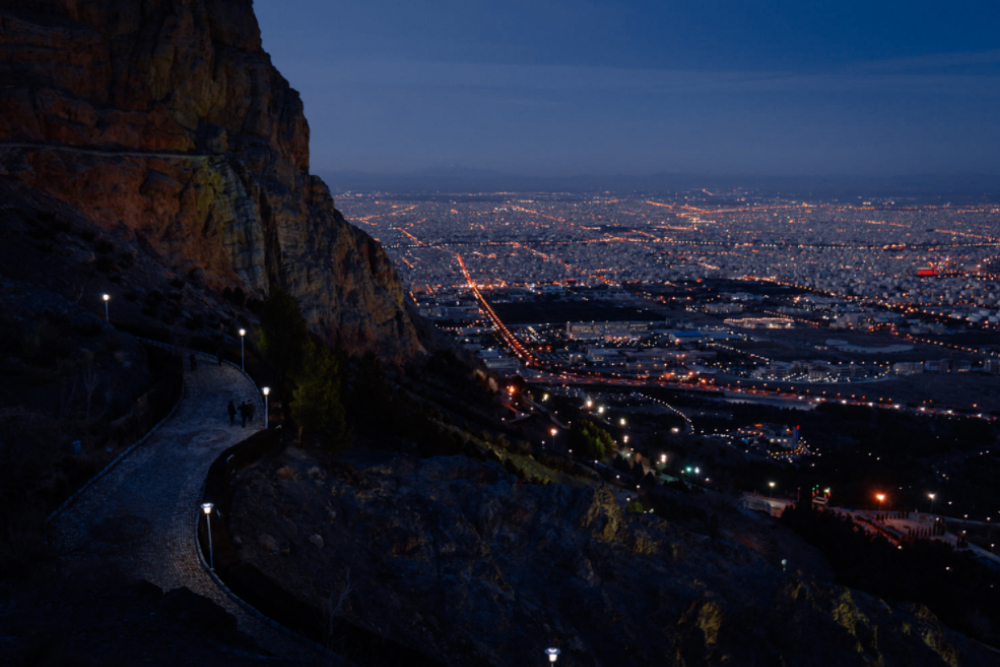
In the Armenian Quarter, the enchanting Jolfa Square is just a walk away. In this venue, you can simply watch the world go by. If you are lucky enough, you can witness the lunar and solar Ecplise occurring in Isfahan. You can check the next event with our tour representatives.
What to eat in Isfahan?
Iranian meals are famous, and Isfahan has traditional dishes, kebabs, and desserts worth trying. Most of the local restaurants serve real Beryani (Biryani). In Isfahan, local biryani is not a spicy one, but it is the real fried meat. Yogurt stew (Khoresht mast) is the saffron dessert you need to try. Kebab Hossein (Isfahani Kebab) is the most famous skewer kebab.
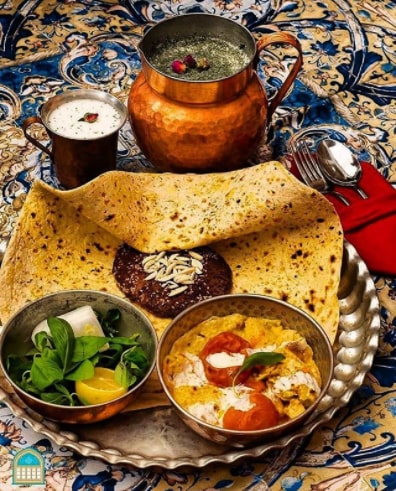
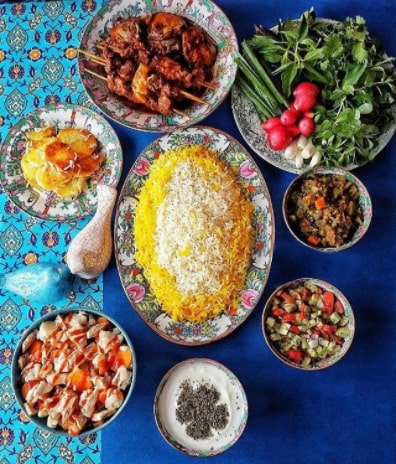
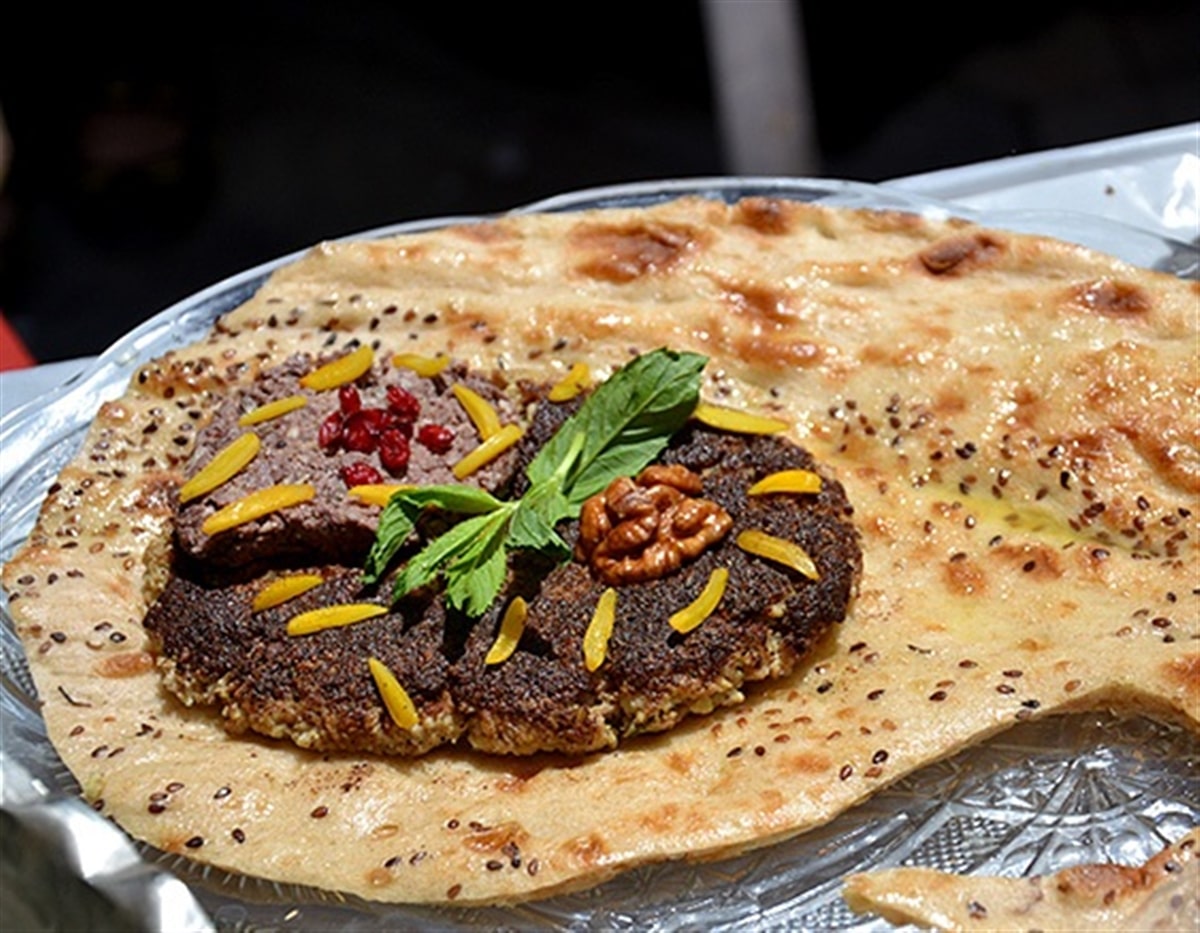
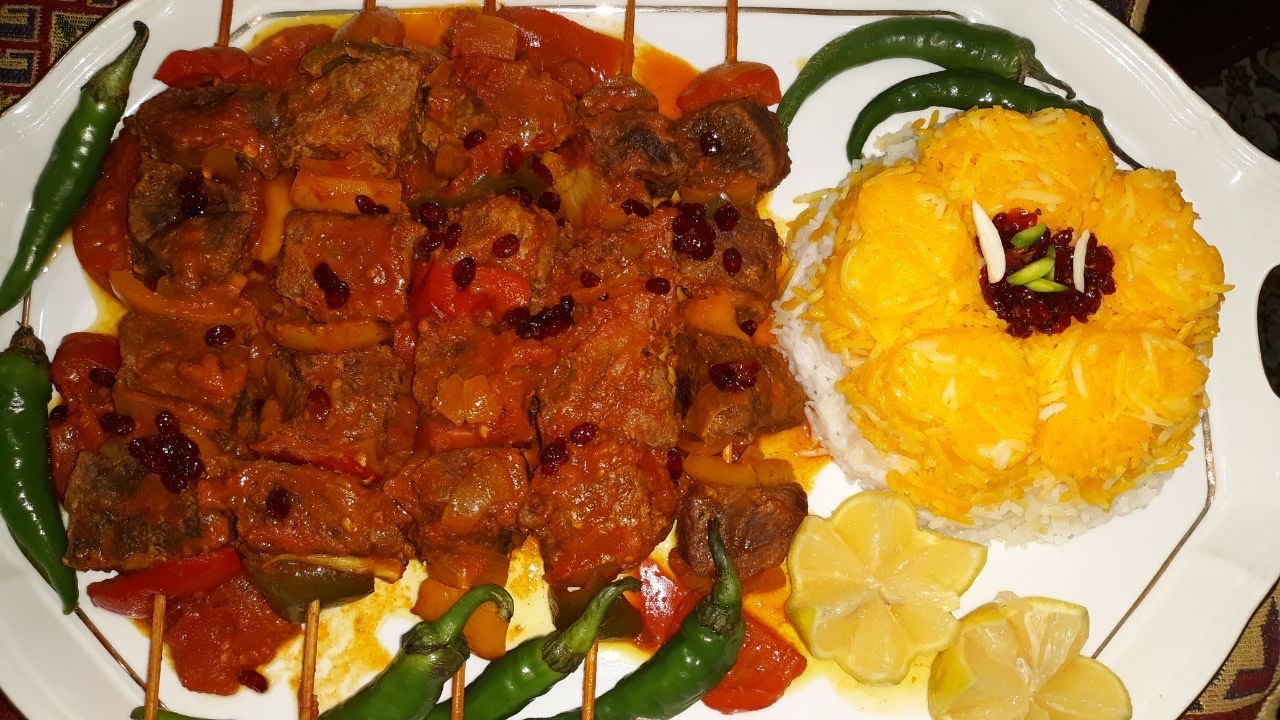
To make it more interesting, have a sip of Iranian Tea in the cozy and hidden chaikhaneh (teahouse), and make your tea tasteful with Gaz (Persian Nougat). If you wish to try herbal distillates, you should try Sherbets (Syrups).
Some of the best restaurants and cafes in Isfahan: Azadegan café, Shahrzad restaurant, Ghasr Monshi restaurant, Azam Beryani restaurant, Traditional Banquet hall, Toranj food complex, and Bahar Narenj café.
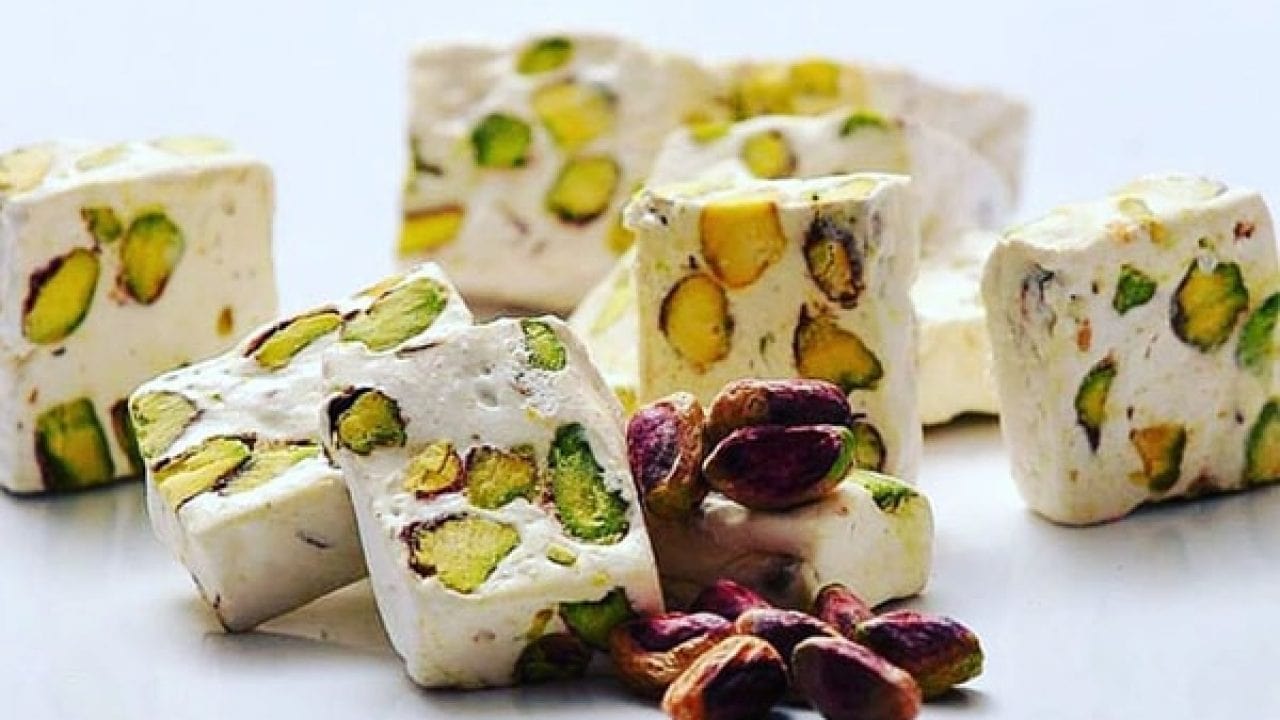
What to buy in Isfahan?
From beautiful hand-woven Persian Carpet, Rug, and Kilim, to spice stalls and handcraft souvenirs, Isfahan has a lot to offer. Persian Carpet from Isfahan, has the highest class. The knot density and pattern are the signatures of the masterpieces.
Isfahan is famous for other handcrafts, too. Souvenirs of Isfahan include Khatam (Inlay), Miniatures, Mina (Enamels), Silverware (Etching), and Firoozeh (Torquise). Depending on your taste, you can find a great selection to choose from.
Another important souvenir of Isfahan is the Calico (Ghalamkari). These beautiful hand-made table runners are the product of the traditional printing method on beautiful and delicate fabrics.
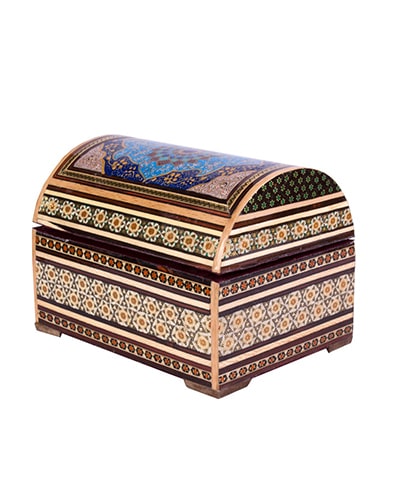
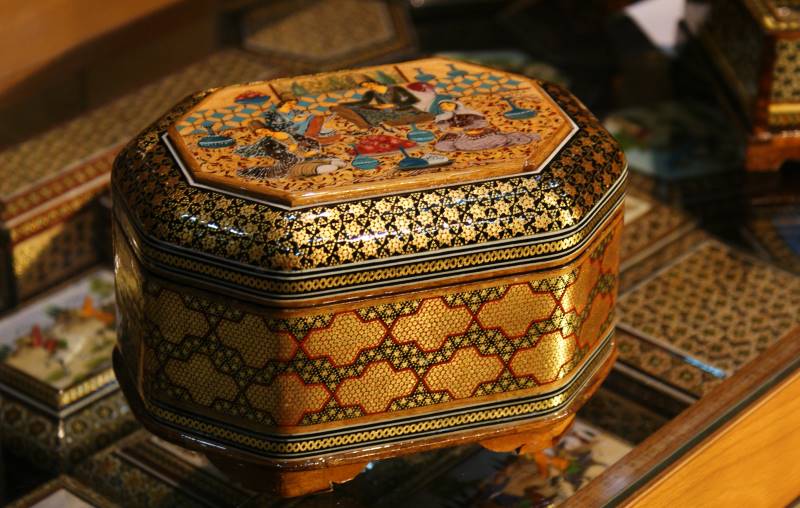
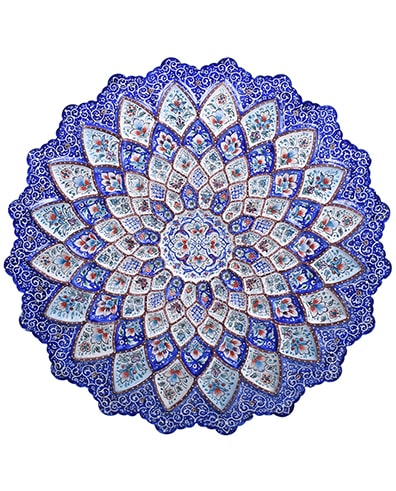
Where to stay in Isfahan?
Thanks to the demand for tourism in Isfahan, accommodation in Isfahan is very good. In Isfahan, you can stay in hotels, guest-houses, traditional caravanserai, traditional houses, boutique hotels, and hostels.
Do you want to book a hotel in Isfahan? Follow this link
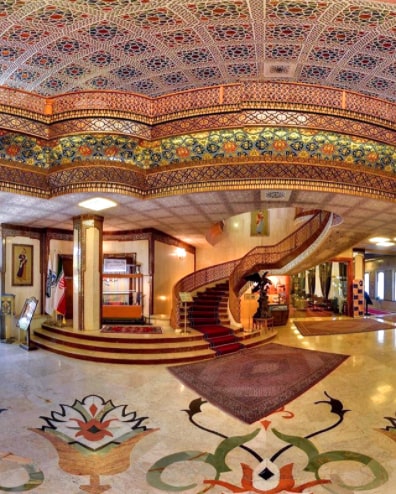
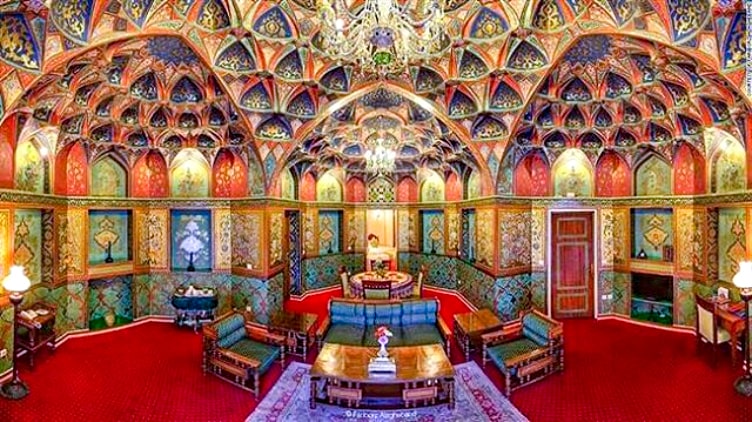
The best time to visit Isfahan?
Isfahan has a steppe climate. The best time to visit Isfahan is Spring (from March until May), and Fall (from late September until November). Cool breezes blow in Isfahan on these months, and you can enjoy your trip.
Explore Isfahan with wonderiran
We offer adventure tours to Isfahan. Your snaps will be photogenic. We adjust the journey to your budget and preferences. You can experience the Traditional Isfahan and Modern Isfahan with us. You will have fun visiting Iran.
Call us or visit our tour pages.
